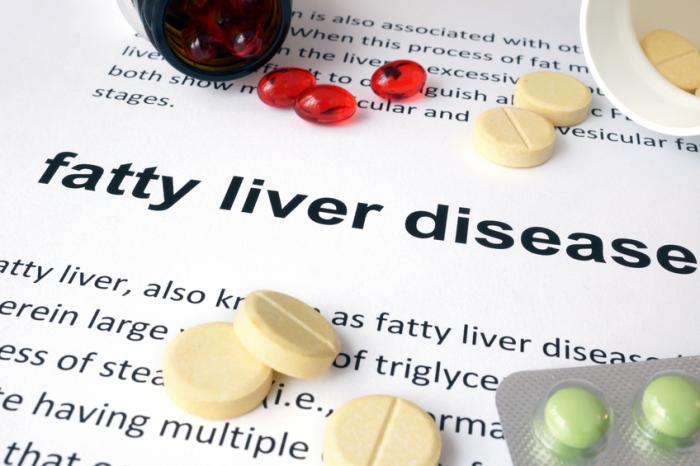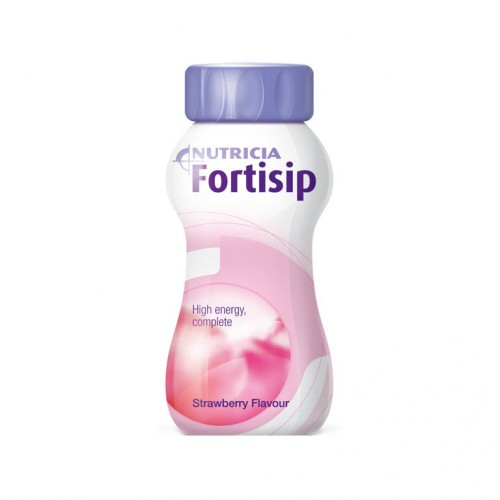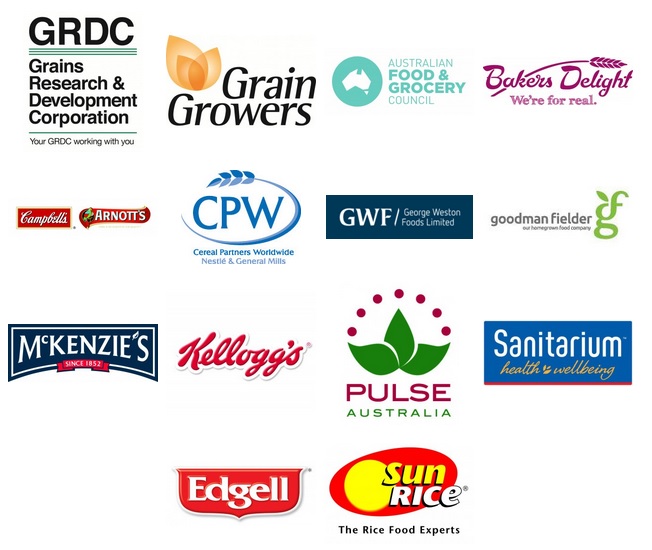
It’s already been quite a year for the Australian Sugar Industry. Just 6 sleeps into the New Year they were taking sustained incoming fire from the AMA (Australian Medical Association). Suddenly the doctors were demanding a soft drink tax. It was something the AMA had sort-of mentioned before but now they were going postal on the issue.
Wiping the holiday sleep from their eyes, the pro-sugar lobby struggled to respond. But eventually they managed to inspire a National Party Minister to regurgitate the soft drink industry response. Then they then lined up a climate change denial think tank to try and jazz it up with ‘science.’
And last but certainly least, yesterday they wheeled out an ever-reliable University of Sugar (sorry, Sydney) dietitian who sagely warned us that if soft drinks were taxed we’d all hit the booze instead. Yes, lock up the vodka at Macca’s, Coke now cost 2c more.
It’s a familiar merry-go-round but in every other civilized place in the world it eventually ends with the introduction of a soft drink tax. Since 2014, 28 countries and 7 US cities have implemented sugar taxes. And there are very good reasons for that. The science on the health destroying effects of sugar is unequivocal. The costs of managing that harm are crippling. And unlike most tax increases, sugar taxes are popular. A January 2018 poll tells us that 53 per cent of Australians want it.
The real question then is not whether we will have a soft drink tax but when. Most importantly, when the inevitable happens, what will we do with the money it raises.
The AMA has clearly put its stake in the ground to be the first in the queue for handouts. But their record on sugar has hardly been stellar. No, they haven’t actively promoted sugar consumption like dietitians or the Heart Foundation, but they have sat on their hands for at least a decade and happily refused to use their considerable influence to advocate against sugar.
Even now, playing catchup, their support of the Health Star System (which labels sugar loaded Milo a health food and unflavoured Greek Yoghurt a health hazard), suggests they remain a little confused on potential solutions. The AMAs new found conscience should therefore be regarded with suspicion and their plans for the dough scrutinized carefully.
A soft drink tax is unlikely to have any measurable health effect on its own. Taxing one source of sugar will certainly reduce consumption from that source but people simply find a cheaper, or just different, supply (iced coffee anyone?).
But the siren call of cold hard cash will apparently do what I and many like me have failed to do for a decade. It will remove the single greatest obstacle to real progress, the nutrition rent-seekers.
These organisations have been perfectly happy to ignore the science for decades. They have been happy to dictate health policy that lets ever increasing numbers of us suffer. And they have been happy to do it because of ego or profit or consensus or stubbornness or all of the above.
If, however the tax funds consistent government public health campaigns aimed at making sugar consumption slightly less desirable than persistent public flatulence, then it will have a measurable and significant effect. The outcome can’t be to hand money to the organisations that got us in this mess in the first place and hope for the best. Because if there is one thing we should know about sugar, our health comes a very long way second to the self-interest of the people with their hand in the cookie jar.

















Recent Comments